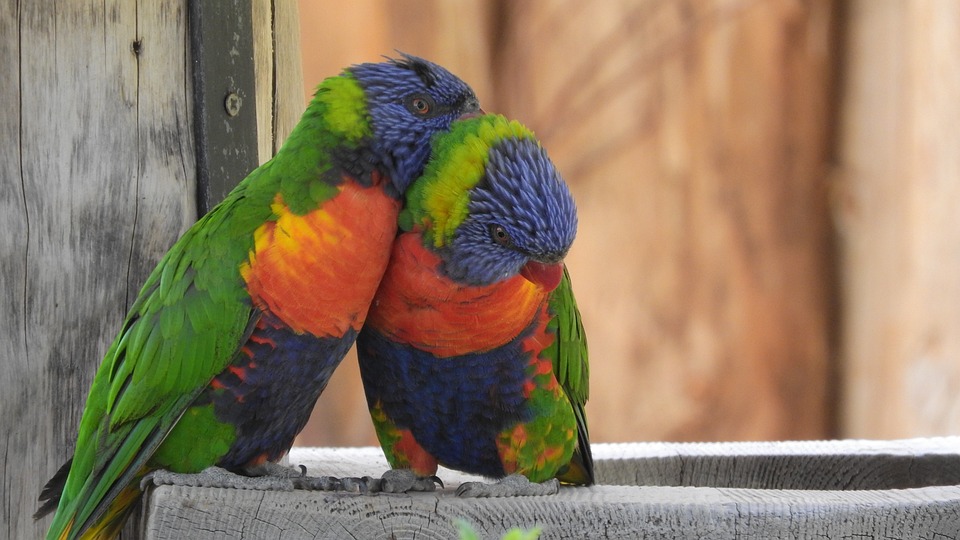By understanding the significance of nesting materials in shaping parrot behavior, parrot owners can create a safe and stimulating environment for their beloved pets. Nesting materials not only provide a sense of security for parrots but also fulfill their natural instincts to build nests and breed.
When choosing nesting materials, it is important to consider the safety and preferences of the parrot species. Natural materials such as twigs, branches, leaves, and tree bark allow parrots to engage in natural behaviors like shredding and building. However, artificial materials like coconut fiber, shredded paper, and untreated straw can be used as alternatives that offer convenience and cleanliness while still satisfying parrots’ nesting instincts.
Safety considerations should always be a priority when selecting nesting materials. It is crucial to ensure that the materials are free from pesticides, chemicals, and toxins that can harm parrots. Additionally, materials with sharp edges should be avoided to prevent injuries or entanglement.
Understanding the specific nesting habits of your parrot species is also important. Different parrot species may have different preferences for nesting materials. Researching your parrot’s species can help you provide suitable materials that cater to their natural instincts.
Regular sterilization and replacement of nesting materials are necessary to maintain cleanliness and parrot health. Nesting materials should be replaced whenever they become soiled, worn out, or contaminated to prevent the growth of harmful bacteria.
In the frequently asked questions section, common concerns about nesting materials are addressed. Fabric or cotton should be avoided as nesting materials because parrots may get entangled in them, leading to injuries or even death. Nesting materials do not directly cause aggressive behavior in parrots, but if a parrot becomes territorial over its nest, it may display protective or aggressive behaviors. Proper training and socialization can help address such issues.
In conclusion, understanding the role of nesting materials in parrot behavior is crucial for creating a harmonious environment for these intelligent and vibrant birds. By providing appropriate materials, ensuring their safety and cleanliness, and considering the specific preferences of the parrot species, parrot owners can promote mental stimulation, encourage breeding behavior, and provide a comfortable habitat for their feathered companions.









